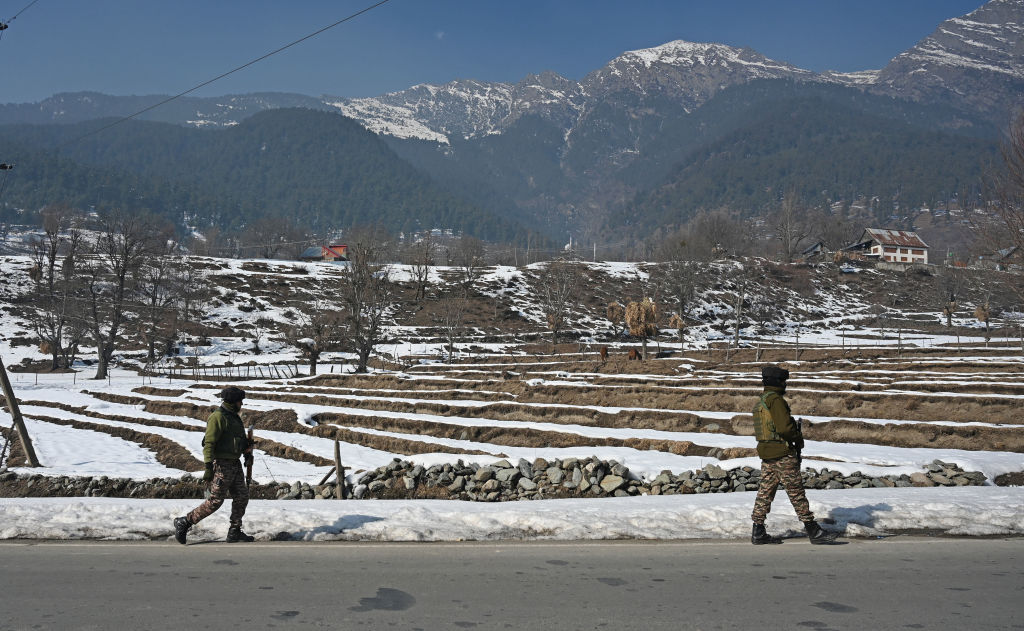
South Asia, known as the least connected region in the world, consists of eight countries: Afghanistan, Bangladesh, Bhutan, India, Maldives, Nepal, Pakistan and Sri Lanka. The region is highly densely populated, with a quarter of the world’s population, 2.07 billion, living in it, and it has one of the largest diasporas, estimated to be around 24 million. The region was part of the British Empire from the 1800s into the 20th century. The independence movements that made these nations free have deeply ingrained feelings of ethno-nationalism in the region. One consequence of this is the India-Pakistan rivalry that has shaped the region’s security, economy, and politics since independence.
India: An Outlier
Given its enormous power, India often outshines the other South Asian countries. According to the International Monitory Fund (2024), India is now the fifth largest economy in the world, with a GDP of $3.94 trillion. With its huge population, fastest growing major economy and growing international role, India has become a country that the world cannot ignore or sideline. Prime Minister Narendra Modi’s government had adopted an attitude of not caring what the West thinks – an attitude that is often displayed in diplomatic encounters, like the recent tensions between India and Canada. India is also continuously interested in being involved in critical world affairs. As a member of BRICS (Brazil, Russia, India, China, and South Africa) and other non-Western international organizations, India is actively lobbying for a structural change in the world order.
China in South Asia: A Challenge for India
History teaches us that if a state aspires to become a world power, it must ensure its control in its backyard, peacefully or violently. India is still struggling to claim this control over the region. China’s involvement with other South Asian countries remains India’s top challenge. The lack of regional integrity, conflicting interests, and economic desires have led others to depend on China for its friendship. China has already become an important economic and security partner for Pakistan, Sri Lanka, Bangladesh, and Maldives, but it still has unresolved border issues with India. China’s growing role in South Asia has prevented India from becoming a regional hegemon and has dragged the region into the center of global geopolitics. The U.S. Indo-Pacific strategy to contain China has enhanced the geopolitical significance of the region.
People’s Movements in South Asia: A Recent Trend
Another new trend in the region is South Asian people’s movements for democracy against corrupt and elite rulers. So far, South Asian decision-making and regional projects have been centered mainly on statist agendas such as security. However, recent uprisings in Bangladesh, Sri Lanka, and Pakistan demanded more power for people and a different list of priorities, such as economic prospects, equality, and freedom. The Indian election in 2024, Modi’s party failed to win a majority and is forced to form a coalition government, forcing Modi to focus more on domestic issues such as unemployment and less on regional issues. The exercise of people power for political change is indicative of the dynamism of the region and its political awakening.
Net Assessment
South Asia matters in the global arena for three key reasons. The first is India’s rise as an economic and global power. Second is that the region has three heavily armed nuclear powers. Finally, South Asia is likely to be the site that tests India’s superpower status in the future. The growing geopolitical competition between India and China, the unfinished rivalry between India and Pakistan, unmet economic and security interests of the South Asian countries, and South Asianists’ desires for more egalitarian governance make it difficult for India to exert power over the region. It’s likely that South Asia remains a fragmented region, leaving power and security vacuums to be filled by extra-regional powers like China and the United States. Thus, the impact South Asia can have on the global order must be understood beyond India’s exceptional profile, especially as a crucial site for global power competition and through trade and its enormous transnational population.
Paramilitary soldiers patrol Srinagar Sonamarg highway on Jan. 12, 2025 in Srinagar, India. Photo By Waseem Andrabi/Hindustan Times via Getty Images





